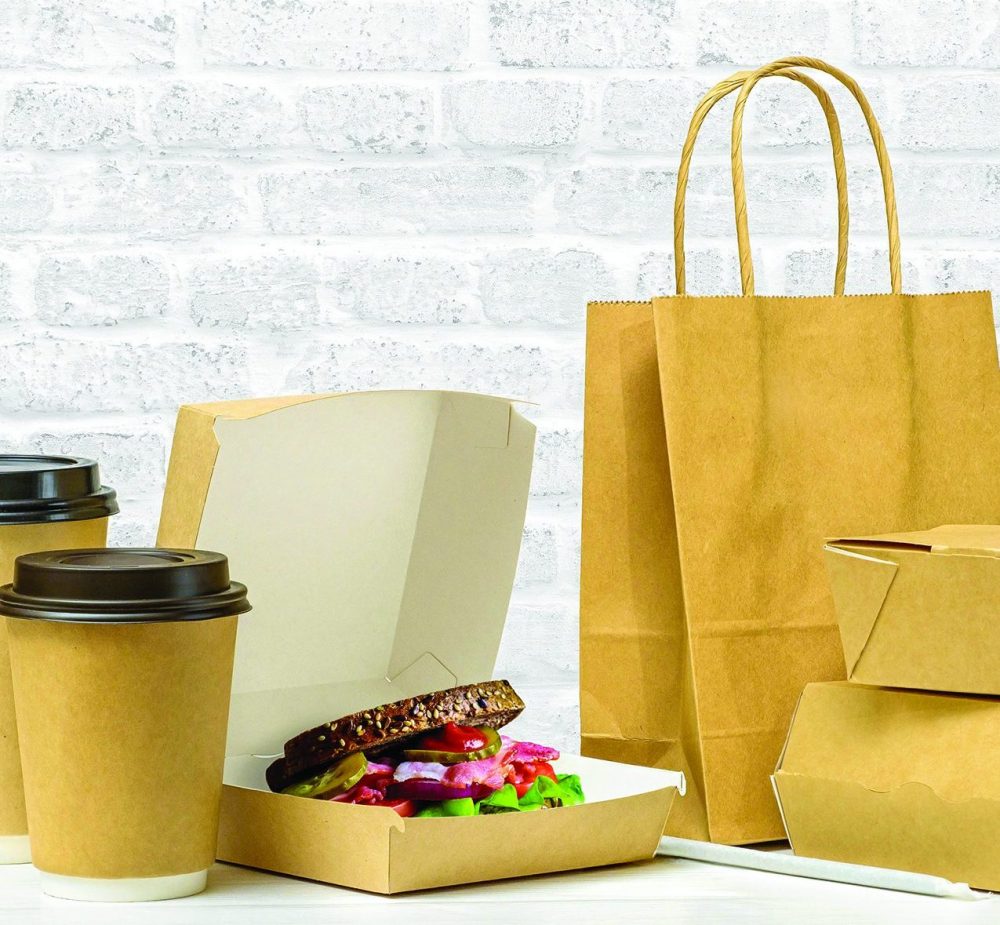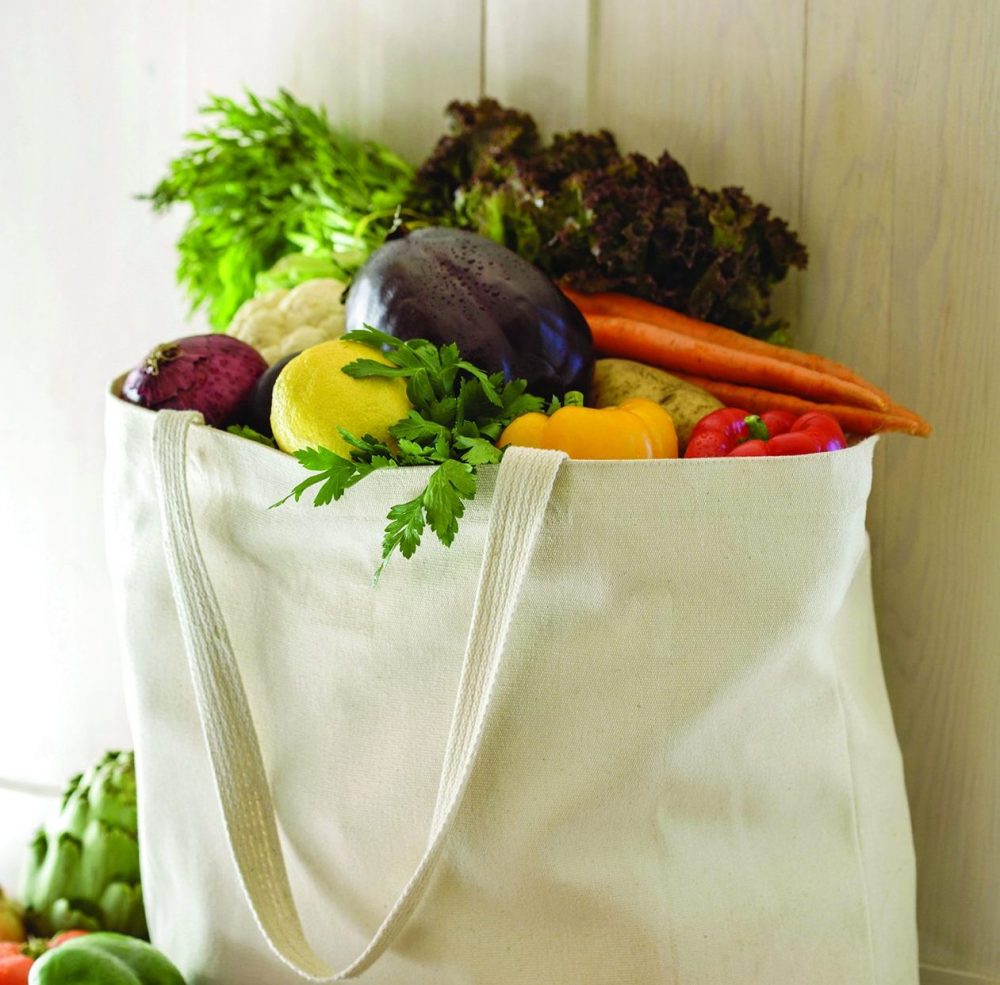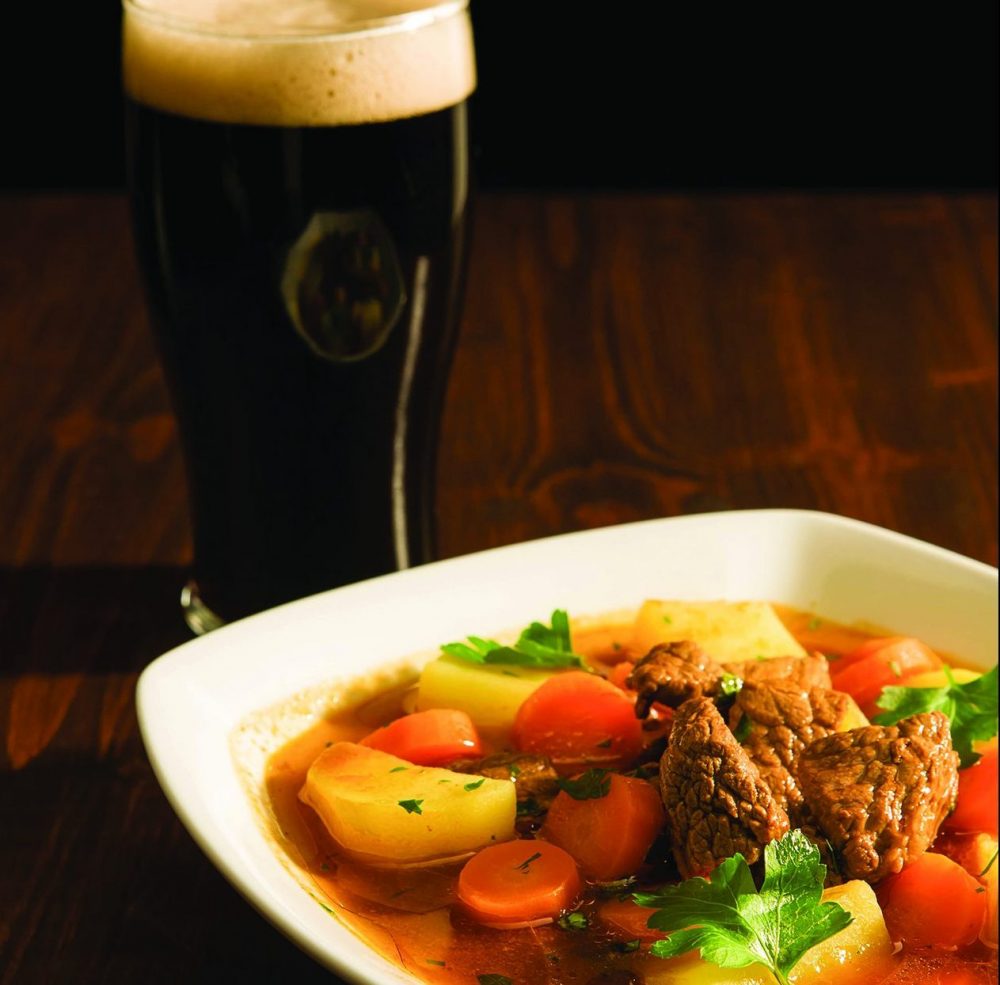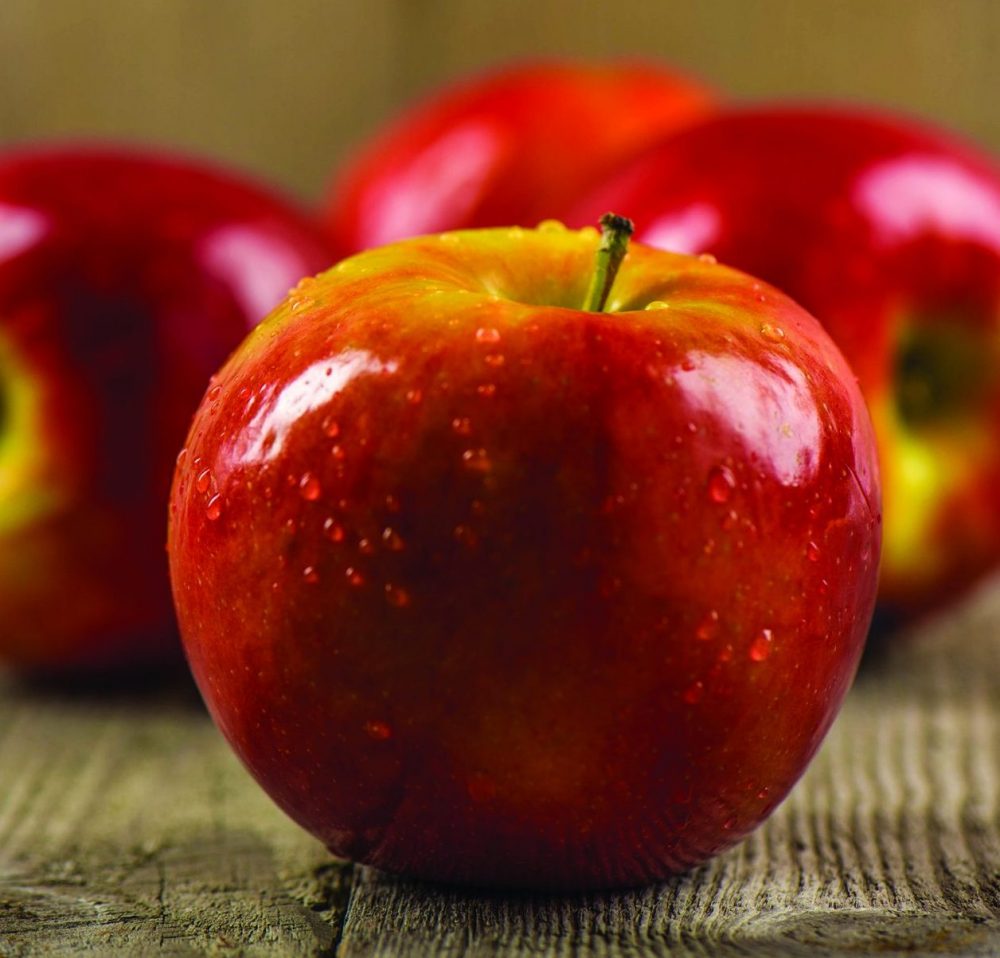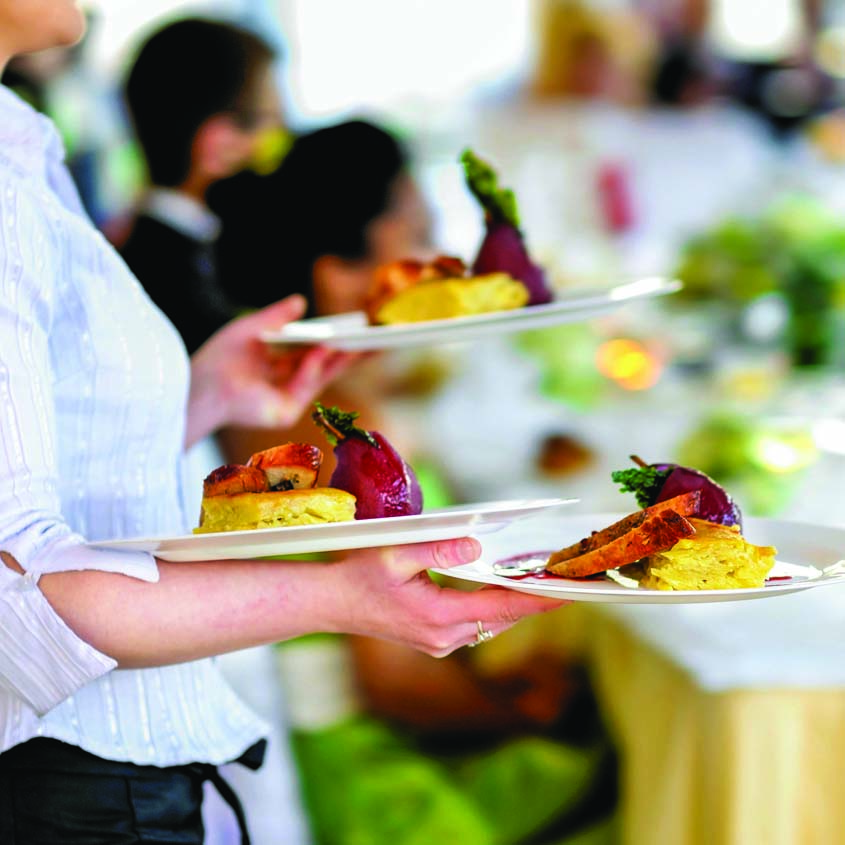Although takeout has long been a convenience enjoyed by people around the world, in recent months takeout became a key way for many restaurants to stay afloat when the novel coronavirus COVID-19 forced many to close their facilities to customers. Restaurants have been allowed to remain open, though they have been forced to change their business models. In a matter of weeks, establishments that were not accustomed to offering takeout quickly reimagined their operations to offer curbside pickup or delivery options.
In turn, many communities promoted movements to help keep restaurants afloat, with some encouraging residents to participate in Takeout Thursdays to patronize struggling bars, restaurants and delis. Takeout has always provided a respite from cooking meals at home, but it seems especially welcomed during the COVID-19 outbreak. Now more than ever, individuals and families could use a break from cooking three meals per day. When opting for takeout, consider these tasty tips:
• Support small businesses. Independent restaurants could have a tougher time bouncing back from reduced sales and income than large restaurant chains. When seeking out food- and beverage-related businesses, lean heavily on mom-and-pop restaurants, many of which are pillars in their communities. These are the businesses whose owners may have children in your local schools or those who sponsor local sports leagues.
• Investigate food safety. Inquire about the safety measures restaurants are taking to ensure food safety. Most restaurants and delivery services are enacting even more safety measures than are required by law. Keep in mind, however, the Centers for Disease Control and Prevention has said, “There is no evidence to support transmission of COVID-19 associated with food.” Simple hand washing after touching food packaging and your food or face may be sufficient.
• Learn new protocol. Ask the business what their requirements are for ordering food. Some restaurants will bring the order directly to your car through curbside pickup. Others may enable you to enter the establishment if you are wearing a mask. Delivery only might be the policy at another establishment. Follow all rules, as they have been implemented to keep you and the business employees safe.
• Pay by credit card. When placing an order for takeout or curbside pickup, pay by credit card online or over the phone if that is an option. This limits how much you and restaurant employees have to handle cards or cash.
• Avoid direct handoffs. Ask the counter server or delivery person to put down your order and step away before you grab it. This is an extra step to combat the spread of the virus.
Even as stay-at-home restrictions are being relaxed, takeout figures to remain popular. Certain tips can keep everyone well fed and safe and help bars and restaurants stay afloat.

